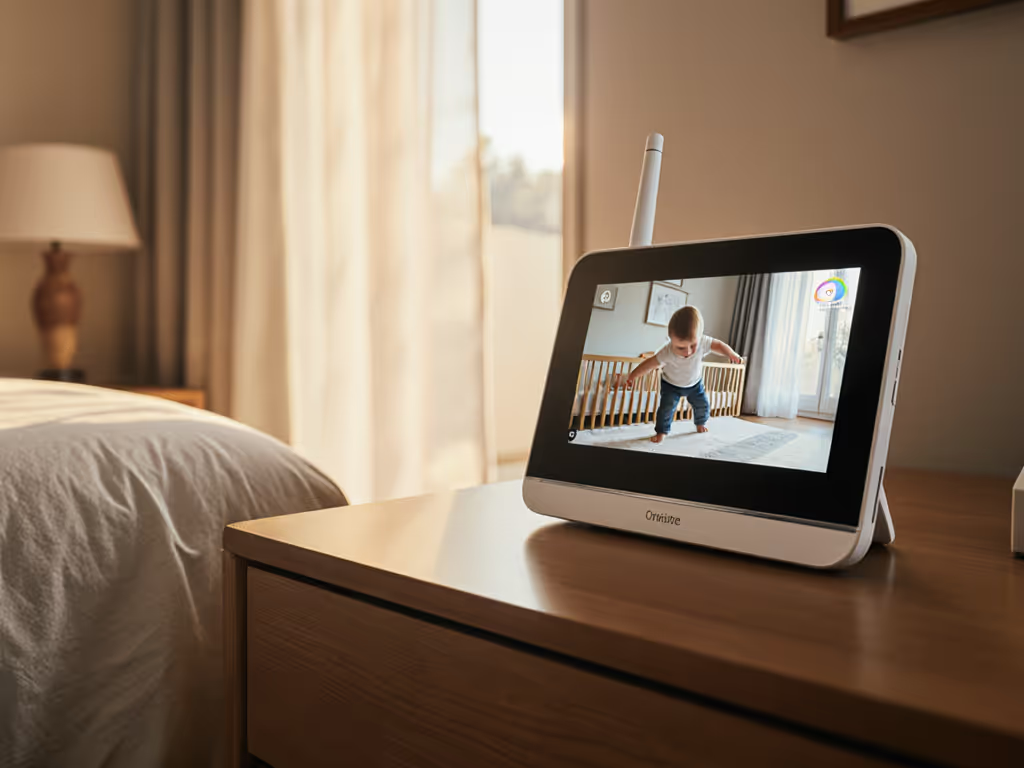
International Baby Monitor Regulations: Secure Global Use

Understanding international baby monitor regulations is essential for parents seeking reliable monitoring solutions that respect both infant safety and household privacy. As a security researcher turned parent advocate, I've treated countless monitors like forensic evidence (tracking what leaves your home network and what stays local). Global baby monitor compatibility isn't just about plug adapters and language settings; it's about whether a device meets your region's safety thresholds while protecting your family's data sovereignty. When standards diverge, your threat model must adapt. Let me guide you through the regulatory maze with plain-language clarity.
Frequently Asked Questions: Navigating International Regulations
What global regulatory bodies oversee baby monitor safety?
Baby monitors fall under multiple regulatory umbrellas depending on geography:
- United States: Consumer Product Safety Commission (CPSC) sets basic safety requirements while the FCC regulates wireless spectrum usage. The FDA recently issued warnings (September 2025) about unauthorized vital-sign monitoring devices, emphasizing that many 'smart' monitors lack medical validation.
- European Union: EN 62115 standard governs electrical safety, while GDPR tightly controls data handling. ETSI sets telecommunications standards for wireless devices.
- Asia-Pacific: MIC (Japan), NCC (Taiwan), and SRRC (China) enforce strict certification processes with varying technical requirements.
- Global: IEC 60950-1 provides international safety guidelines for electrical equipment, though regional implementations differ significantly.
When purchasing across borders, always verify baby monitor certifications by country. A device certified for EU sale might lack FCC approval for US use, creating both legal and safety implications. Regulatory fragmentation means your ideal monitor may not legally operate in your jurisdiction, even if technically compatible. New to the space? Start with our baby video monitor basics to understand core features before navigating compliance.
How do voltage requirements differ internationally for baby monitors?
Voltage standards create a hidden compatibility barrier many parents overlook until their monitor fails:
- North America: 120V AC, 60Hz systems require monitors with proper transformers
- EU/UK: 230V AC, 50Hz necessitates different power handling
- Japan: 100V AC creates unique challenges
- Australia/New Zealand: 230V AC but with different plug configurations
Always check your monitor's voltage tolerance range before plugging in. Devices with wide-range power supplies (100-240V, 50/60Hz) offer true global baby monitor compatibility, while region-specific models risk failure or fire hazards when used abroad. Never rely on plug adapters alone without voltage compatibility.
Many parents experience frustration when their European-purchased monitor fails during US travel because they assumed 'dual voltage' meant universal compatibility. Always verify the input voltage range printed on the power adapter, not just the marketing claims.
What frequency regulations affect baby monitor wireless operations?
Radio frequency allocations vary dramatically by region, directly impacting monitor performance and legality: If you prefer local-only gear, see how FHSS monitors secure the signal and what that means across regions.
- Wi-Fi Monitors: 2.4GHz channels differ between regions (US: 11 channels, EU: 13, Japan: 14). Using unauthorized channels can cause interference or legal issues.
- DECT Monitors: 1.9GHz spectrum is globally harmonized but requires country-specific certifications.
- FHSS (Frequency Hopping Spread Spectrum): Bandwidth allocations vary, US allows 79 channels while EU restricts to 20.
- 5GHz Monitors: Channel availability differs significantly (US: 24 non-DFS channels, EU: limited due to weather radar conflicts).
These frequency regulations that baby monitors must comply with determine basic functionality. A 'worldwide' monitor may work on one continent but violate spectrum laws on another. I once tested a 'global' model that emitted illegal signal strengths in Germany, flagged by local authorities during a firmware policy check. Always verify regional frequency compliance through official certification marks.
How do privacy regulations impact baby monitor data flows?
Privacy laws create invisible boundaries that dictate where your baby's data may travel:
- GDPR (EU): Requires explicit consent for data processing, right to erasure, and data minimization principles
- CCPA (California): Grants consumers rights to know and delete collected data
- PIPEDA (Canada): Mandates consent and limits data retention periods
- China's PIPL: Requires data localization for certain information categories
These regulations transform global baby monitor compatibility from a technical issue into a legal compliance challenge. A device legally sold in Singapore might illegally export data from Germany. My team's data flow diagrams consistently reveal problematic metadata leakage, even from 'secure' monitors. I've captured timestamped device IDs phoning home at 3 a.m. from a supposedly local-only system. If it phones home, it needs a very good reason. For practical steps to lock down cloud-connected models, see our WiFi baby monitor security guide.
Which certifications indicate regulatory compliance for international buyers?
Look for these critical marks when assessing baby monitor certifications by country:
- US: FCC ID mark (required for wireless devices)
- EU: CE mark with notified body number (for higher-risk categories)
- UK: UKCA mark (replacing CE for UK market)
- Australia: RCM mark
- China: CCC mark (required for all electrical imports)
Beware of 'CE' markings on non-EU products, this is often fraudulent. Genuine certifications require actual testing, not just self-declaration. Reputable manufacturers publish test reports showing compliance with specific standards like EN 55032 (EMC) or IEC 62368-1 (safety). Always verify certification authenticity through official government databases rather than trusting product labels alone.
How can I verify regional compatibility before purchasing?
Follow this verification checklist to ensure your monitor meets local requirements:
- Check voltage range on the power adapter (not just the device label)
- Verify wireless certifications through official databases (FCC OET, ETSI NARDB)
- Confirm plug type compatibility with local outlets
- Review data flow documentation for privacy regulation compliance
- Test during return window for actual performance in your home environment
Don't rely on retailer claims about regional availability for baby monitors. If you're still deciding between internet-connected and local-only options, read our WiFi vs non-WiFi comparison to match tech with your compliance needs. A 'global' model may work technically but violate local regulations. Manufacturers sometimes omit critical compliance documentation from international sales channels. I've documented cases where identical hardware was sold with different firmware to meet regional requirements, making the same physical device legal in one country but not another.
What should I consider regarding security standards across regions?
Security standards vary more than most parents realize, creating hidden vulnerabilities:
- EU: EN 303 645 mandates basic IoT security practices (unique passwords, vulnerability disclosure)
- US: No federal IoT security law, though California's SB-327 sets minimum requirements
- UK: PSTI Act requires stronger security baseline including vulnerability management
These differences create security gaps when monitors cross borders. A device meeting US standards might fail EU security requirements, leaving your home network exposed. Firmware policy checks reveal most manufacturers implement the lowest common denominator security across all regions. When I audit a device, I always verify whether security features change based on geographic configuration, many do.
Secure Your Monitoring Strategy
International baby monitor regulations exist for good reason, they protect infants from physical harm while safeguarding family privacy. But regulatory fragmentation creates genuine challenges for mobile families and global shoppers. Don't assume a monitor that works in Berlin will function legally in Boston or Bangkok.
Parents own their homes and data. Monitoring a crib shouldn't entail monitoring a household. As you evaluate your options, run these firmware policy checks:
- Does the device enforce local regulatory settings automatically?
- Can you verify its compliance documentation independently?
- Does it minimize unnecessary data transmission by design?
Minimize attack surface, maximize your confidence in what's truly happening in that nursery. When choosing across borders, prioritize devices with transparent compliance documentation and modular design that adapts to local rules without requiring cloud connections.
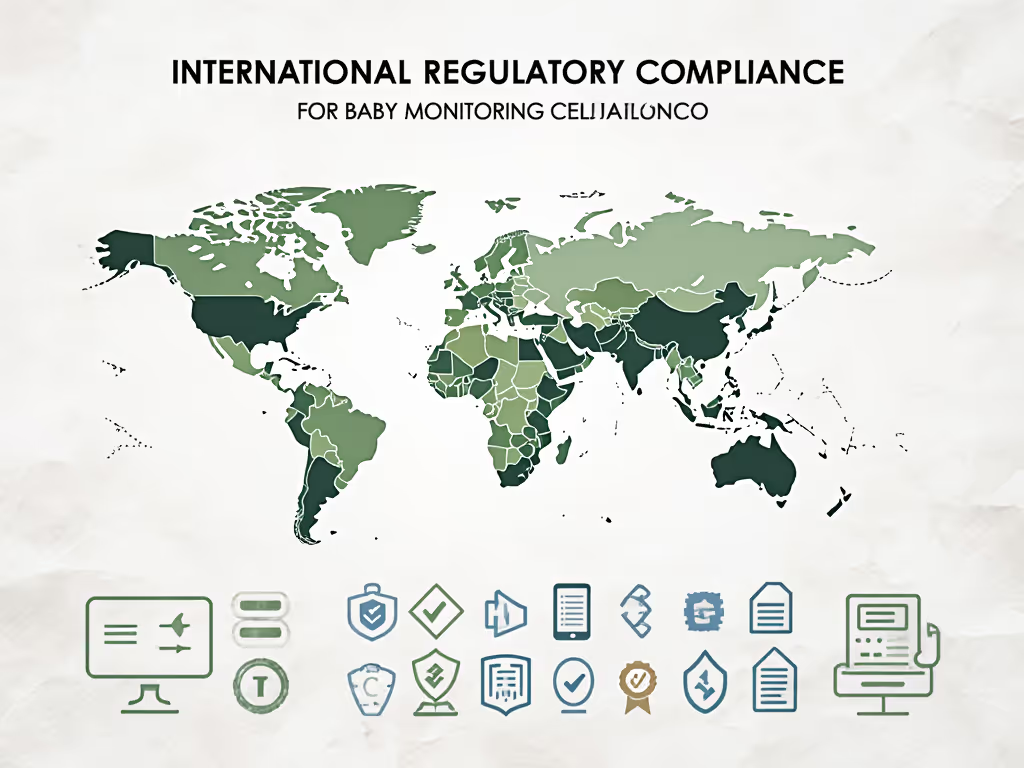
Related Articles

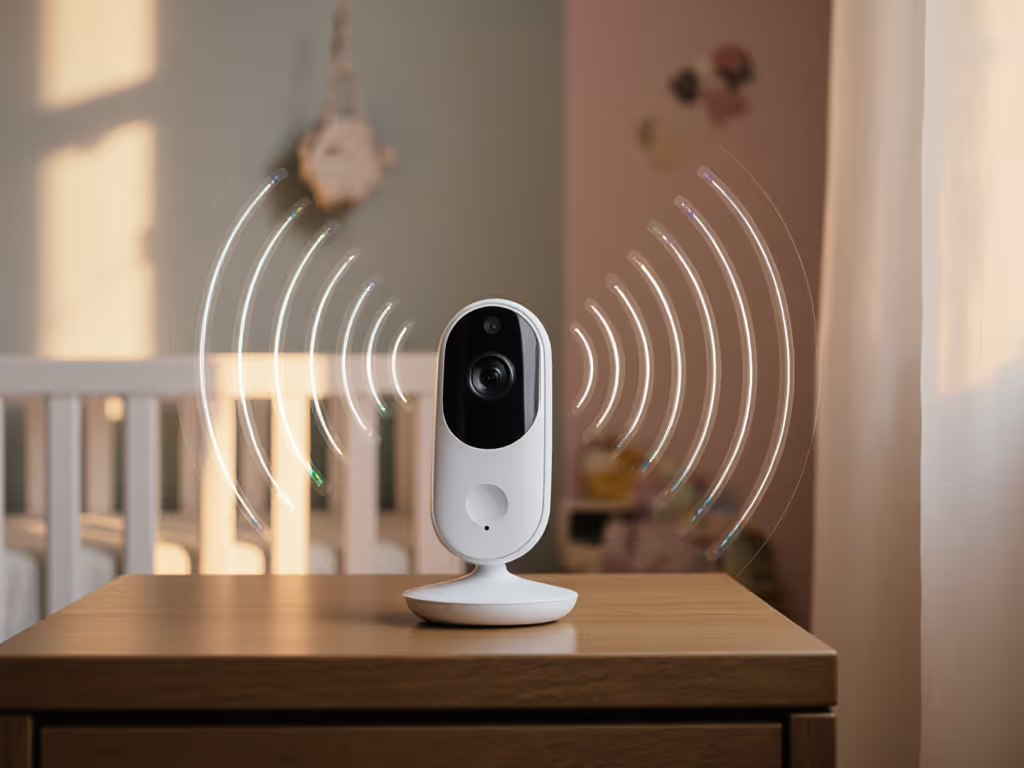
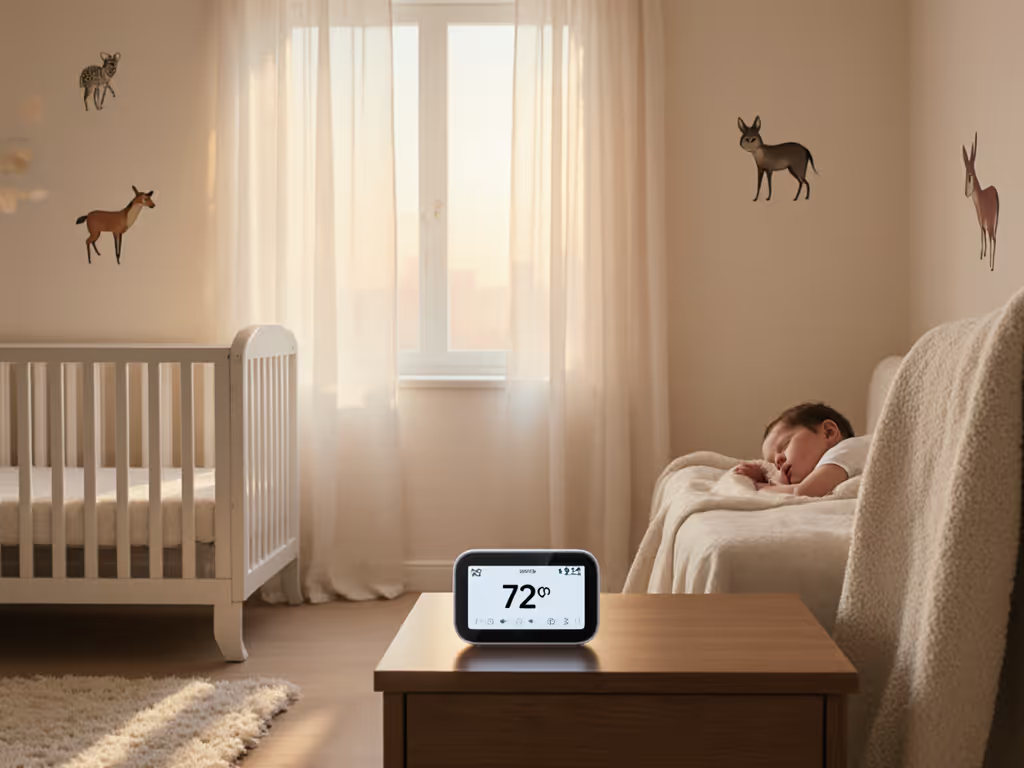
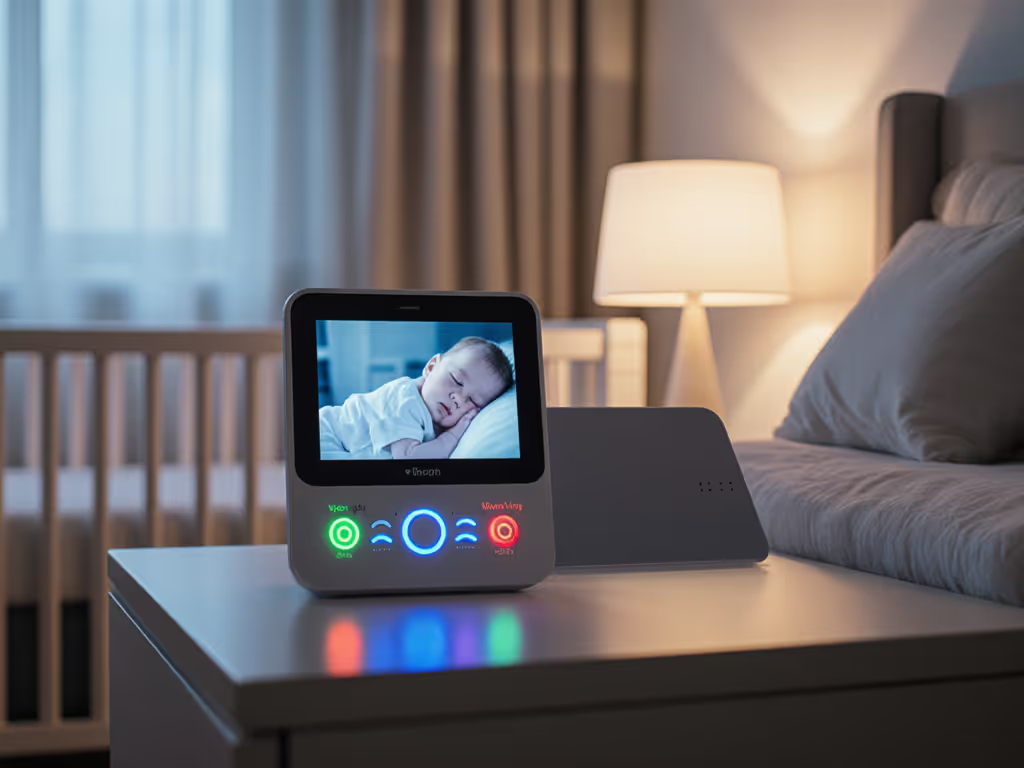
Visual Alert Baby Monitors: Accessibility Features for Hearing Loss
Learn how to choose visual and vibration baby monitors that meet hearing-loss needs while protecting home privacy - favor local-only operation, no mandatory accounts, and verifiable encryption. Includes protocol comparisons, a hardening checklist, and real-world tips for reliable, secure alerts.
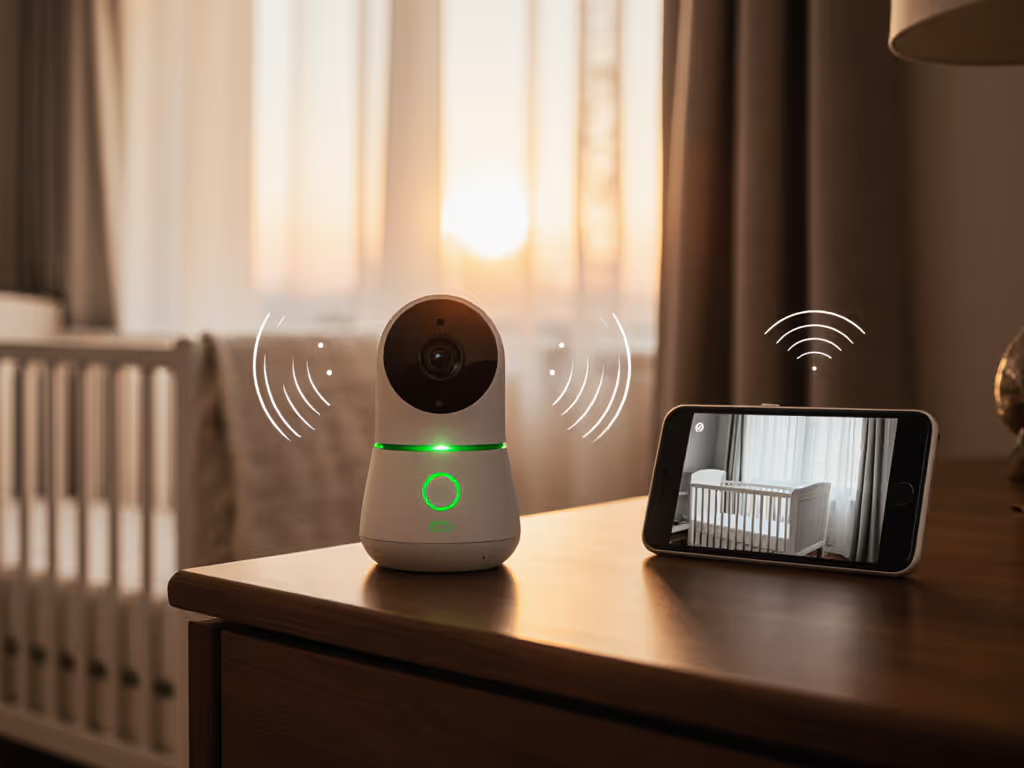
Secure WiFi Baby Monitors Without Fear
Set up a WiFi baby monitor that’s both secure and seamless with a 4-step routine: harden your network, lock down settings with strong passwords and 2FA, streamline caregiver handoffs, and run a 30-second nightly check for dependable 3 a.m. alerts.
